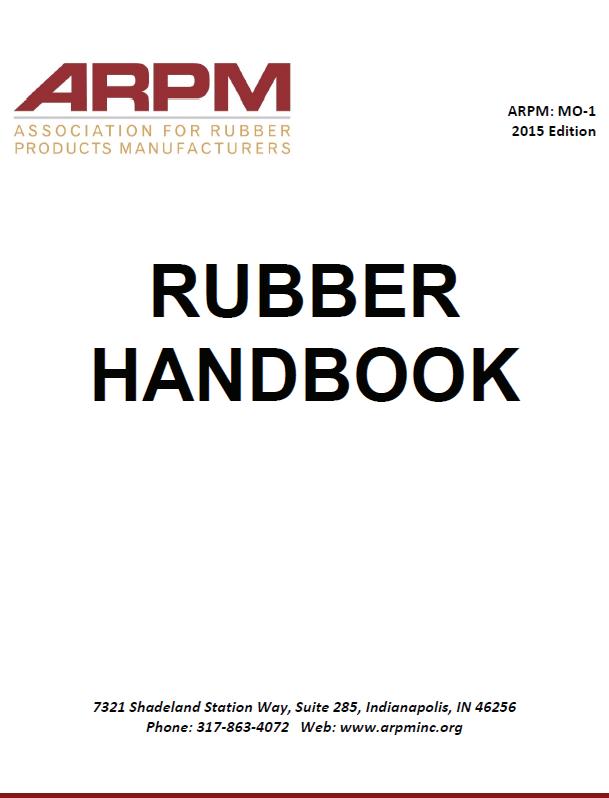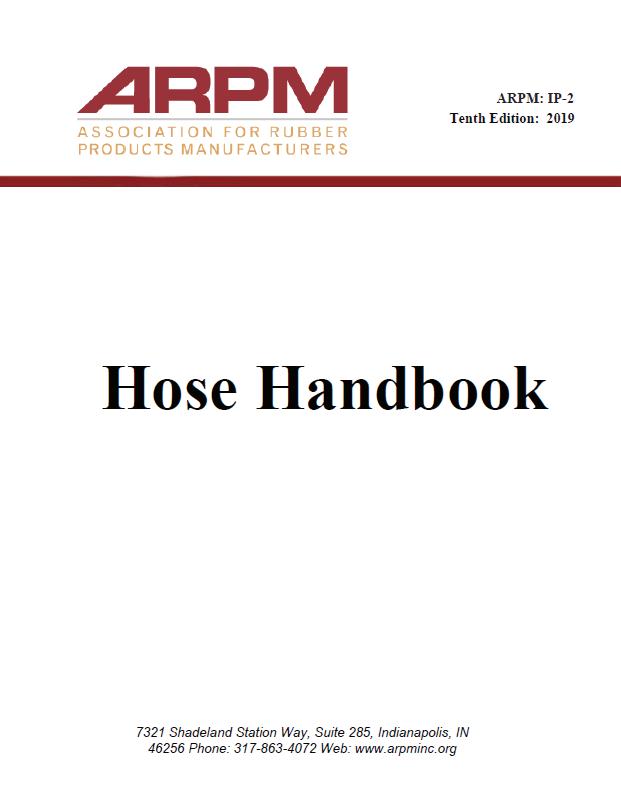
8 minute read
North American Outlook: Inflation Is the Focus
By Chris Kuehl, managing director, Armada Corporate Intelligence
Moods are shifting as 2023 gets underway. At this juncture, it is as easy to find a pessimist predicting a deep and long recession as it is finding an optimist asserting the downturn will be mild. Why the variability?
The easy answer is that some very significant motivators for the overall global economy have started to change, and nobody is quite sure how real these changes are. The fundamental question through all of 2022 was what to do about inflation. The rate had exploded to levels not seen in 40 years and, at this stage, these numbers still are high – but not as high as they have been. The assertion is that global inflation started to peak in the fourth quarter of last year, and the data suggests that this is true. The latest CPI showed inflation down to 6.5% and, just about a year ago, it was at 9.2%. The wholesale inflation rate fell by 0.06% when the expectation was for a fall of about 0.1%. There have been declines in the producer price index, commodity prices and even shipping rates. The inflation rate is by no means low –the Federal Reserve watches the performance of the Personal Consumption Expenditures (PCE), and it has dropped to around 4.4% (the target is 2.0 to 2.5%).
What Will the Banks Do?
Why does all this matter to the manufacturer? Beyond the obvious reason that it means that prices for inputs are slightly lower, there is a connection between inflation and the interest rates that are set by the central banks. The Fed has indicated that it will slow and even halt hiking rates when it determines it has done enough to break the back of inflation.
Has that point been reached? The latest statements from the Fed suggest it is looking at no more than a quarter-point hike at the next meeting, and it was just a month ago when the consensus view was for a half-or even three-quarter-point hike.
Generally, the central banks (including the Fed) use employment as their indicator, but the job market has been skewed by the chronic worker shortage. This has been obvious in the manufacturing sector. By this point, many in the industrial community would have been laying people off, but they are reluctant to lose the trained and skilled people they had to work so hard to find. This has meant a delay in the employment gauge, and the banks are looking at other indicators to determine whether enough has been done.
One of these is the performance of the Purchasing Managers’ Index, and the US is now down to 46.6. Globally, there now are 22 nations that have fallen below that 50 line. Two of the most notable exceptions have been Mexico (51.3) and India (57.8). Canada is not all that far from expansion with a reading of 49.2. India has been the big winner of late. It always has been understood that India can make whatever China can make; its Achilles heel has been the country’s transportation infrastructure and the notorious bureaucracy. The supply chain mess that has overtaken China has allowed nations like India to grow their export business despite those inhibitions.
Obviously, interest rates matter, and now there is considerable debate over what they might look like in the months to come. There still are those that predict rates at 5.0% or even 5.5%, but many are asserting they will not go that high. The trigger for this reassessment has been the erosion of inflation, with many indicators pointing toward that easing. Wholesale inflation fell more than expected, the Germans have seen their Producer Price Index fall, energy prices are down and so are shipping rates. Inflation still is high and at levels not seen in close to three decades, but the trend has been in a direction that has the markets believing central banks are close to halting interest rate hikes. If past patterns hold, that means rates could start heading down again as soon as the coming summer.
Manufactoring is very sensitive to the developments in the oil and gas sector, and here the news has been better as well. The US is set to produce between 13 and 14 million barrels a day –this would be a record. The US level of consumption is now at about 20 million bpd, which is down from 24 million bpd just a few years ago. Gas production likewise is up, and prices are expected to fall and stabilize. The Energy Information Agency predicts West Texas Intermediate prices to be in the high 70s and low 80s. That translates into gasoline at around $3.60 a gallon nationwide and diesel at around $4.00. This is down from the averages in 2022. Natural gas prices have been falling for weeks and reached the lowest levels since 2021, due to the warmer winter weather and the reduced demand from Europe.
Global Influences
Canada and Mexico also are looking to their central banks for guidance. The Bank of Canada is hiking rates to a peak of 4.5% – the highest seen in years. At the time BoC set this new rate, it also commented it was not going to hike any further (unless additional inflation pressure is seen). The message from the BoC is that Canada’s economy still is close to overheating and still has the resilience to handle more hikes, but the BoC thinks that enough has been done to slow the economy down. The commodity surge has faded a little, but oil prices still are high relative to what they had been. Natural gas prices are falling quickly. The unemployment rate remains very low, and this still is a marker as far as the BoC is concerned. Until the jobless number climbs, there is a sense that rates can go up a bit higher. This hike is expected to be followed with a pause. Inflation fell to 6.3% in the last reading, but that still is three times higher than would be preferred.
Mexico is seeing higher inflation in contrast with the US and Canada and that has Banxico considering another rate hike in February. The inflation rate had been dropping but has risen to 7.85% – well past the target rate of 3.0%. The interest rates have been shoved past 10% and may jump a bit more at the next meeting. Three factors seem to have been driving inflation and certainly are familiar to the US and Canada. Labor rates are climbing for skilled and trained workers and have spurred consumer spending. Then there is the rise in commodity prices (especially food). Finally, there has been supply chain pressure even as reshoring and nearshoring accelerate. Many items remain in short supply, and that results in more price pressure. There is some concern regarding housing. The drop in demand for single-family housing has been dramatic – permits are off by over 20%. At the same time, demand for multi-family has expanded, with permits up 11%. The demand for plastic often ebbs and flows with construction, and that has been good news for the last few years but now is threatened by the single-family slowdown. The good news is that commercial construction has started to see a rebound – even for the muchmaligned office building – as more businesses demand a return to the office. n
Chris Kuehl is managing director of Armada Corporate Intelligence. Armada executives function as trusted strategic advisers to business executives, merging fundamental roots in corporate intelligence gathering, economic forecasting and strategy development. Armada focuses on the market forces bearing down on organizations.
More information: www.armada-intel.com



ARPM Events on the Horizon
May 24-25, 2023 – EHS Summit

June 5-9, 2023 – Seals Product Design and Manufacturing Training
June 7-8, 2023 – Sales and Marketing Forum
August 2-3, 2023 – Human Resources Forum
September 18, 2023 – Building Leaders of Character
October 4-6, 2023 – Benchmarking and Best Practices Conference
November 9, 2023 – Stockwell Elastomerics Plant Tour
November 15-16, 2023 – Finance Forum
For the most up-to-date information and to register for events, visit www.arpminc.com/events.
2023 EHS Summit
ARPM’s Annual Environmental, Health and Safety Summit is being brought back in person in 2023!
The EHS Summit held May 24-25, 2023, in Columbus, Ohio, will highlight best safety practices that attendees can take back and implement in their organization.
The keynote presentation, Stop the Bleed, will welcome trainers Bruce Whitney and George Hupp to the stage. During this two-hour, hands-on training course, attendees will learn to recognize life-threatening bleeding and act quickly and effectively. Attendees will leave this course empowered to make a life or death difference when a bleeding emergency happens, a course completion certificate and the opportunity to earn continuing education credits.
To read more about the keynote presentation, view the agenda and register for the event, visit www.arpminc.com/ehs. Registration is limited.
ARPM Training Academy – Seals Product Design and ManufacturingTraining (In Person)
ARPM is excited to announce one-week intensive training courses through its new program, the ARPM Training Academy. The Seals Product Design and Manufacturing course is the first session and will be held June 5-9, 2023, in Columbus, Ohio.

This one-week intensive course provides comprehensive and consistent training in rubber science, product seal design (for static and dynamic sealings) and producibility. This course on in-depth principles of design is not available anywhere else in the industry and is taught by industry professionals with over 140 years of combined experience. For more information or to register, please reach out to Letha Keslar at lkelsar@arpminc.org
Stockwell Elastomerics Plant Tour
ARPM’s next plant tour will be on Nov. 9, 2023, in Philadelphia, Pennsylvania. Stockwell Elastomerics is an employee-owned business, and the leadership team will discuss its ESOP, continuous improvement initiatives and safety best practices.
To learn more about this event and to register, visit www.arpminc.com/events Come and meet fellow ARPM members and improve your business’s bottom line!
ARPM Highlights Sponsors
ARDL
Akron Rubber Development Laboratory (ARDL) is a leading international laboratory dedicated to providing testing, development and problem-solving services to all facets of the rubber industry. ARDL always is looking for ways to help impact ROI; therefore, all ARPM members receive preferred pricing on services. Discounts may include, but are not limited to:
● Physical and Mechanical Testing
● Chemical Analysis
● Shelf-Life Predictions/Fluid Aging
● Automotive Specification/Compliance Testing
● Dynamic/DMA Testing
● Electrical Testing
● FEA
● Flex-Fatigue Testing
● Compression Stress Relaxation
● Failure Analysis
● Formula Reconstruction
● Chemical Analysis
● Microscopy
For more information, visit www.ardl.com.
Desma
DESMA is a supplier of rubber injection molding machines, tooling, automation and turnkey systems. DESMA’s Hebron, Kentucky location is its headquarters and the home of its North American Manufacturing Center (NAMC).
The NAMC is part of the DESMA Global Mold Shop. This is a key advantage to customers in search of custom-designed- and-built molds and cold runners for the efficient production of injection molded rubber products. Unique DESMA, the in-house mold design and optimization capability allows its team to look at customer projects wholistically and propose the best complete solution for the application.
DESMA extends the following offers to ARPM members:
● Process development: 15% courtesy discount off the daily rate for R&D trials in DESMA’s demonstration laboratory for up to five days
● Preventative Maintenance: 15% courtesy discount off PM contracts for all 968, 969, Alpha and Sigma machines

● Training: 15% courtesy discount off DESMA Academy training programs held at the Hebron, Kentucky, facility
● Training: 15% courtesy discount off DESMA Academy training course BC-1 or MSC-2 packages conducted at the customer site. (Note: discount does not apply to relevant travel costs.)
For more information, visit www.desma-usa.com
Welcome New Members
Please join ARPM in welcoming the following new members!
Rainbow Rubber Extrusions
D&D Global ConMet
LaurSilicone n










